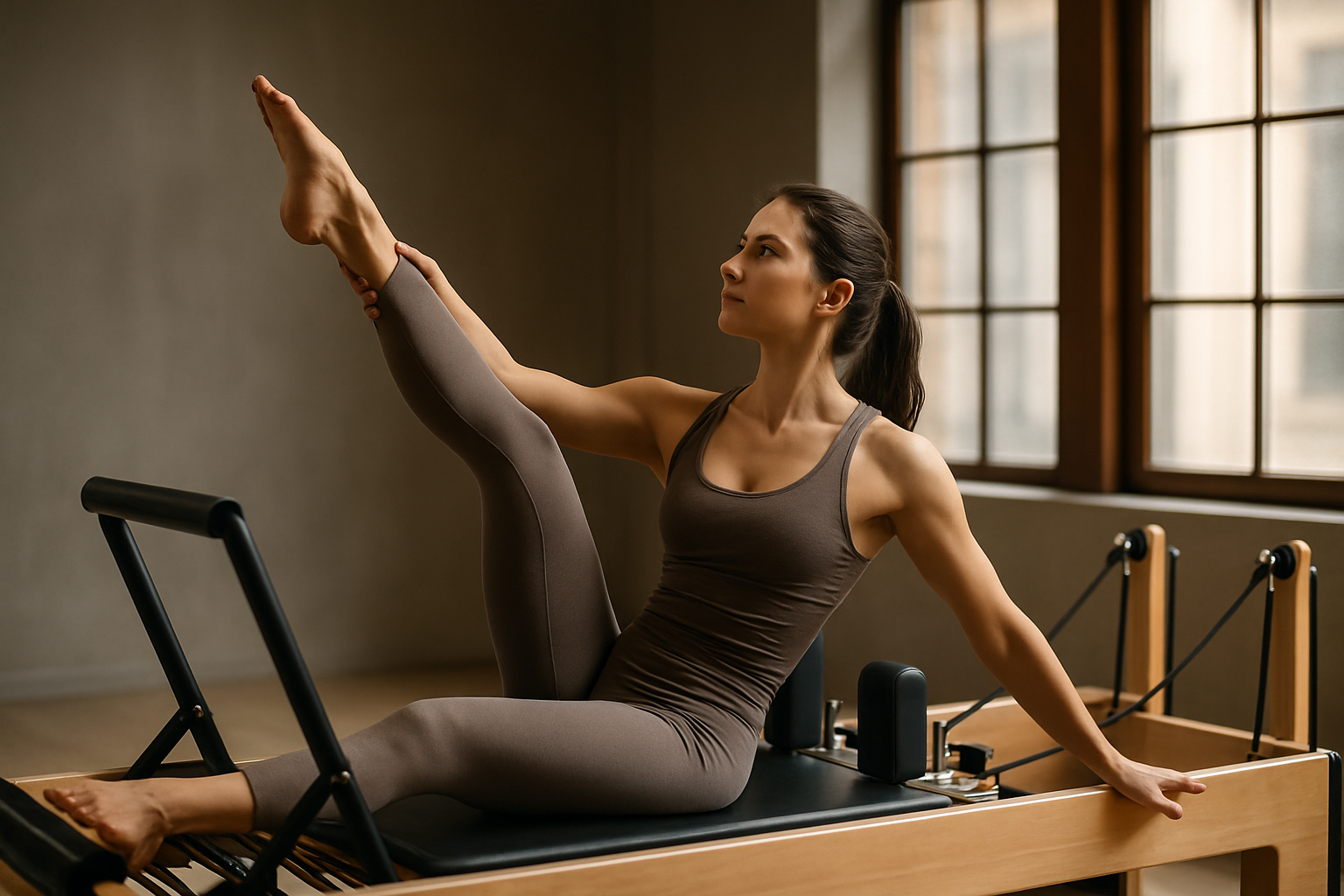Pilates for Rehabilitation, Exercise, and Fitness
Pilates is a movement system focused on core stability, controlled sequencing, breathing, and alignment. It can be adapted for general exercise, athletic cross-training, or targeted rehabilitation alongside other therapies. Many people use pilates to improve posture, movement efficiency, and body awareness as part of a balanced fitness routine. This article outlines how pilates connects with physical therapy and rehabilitation, and how to approach classes or private instruction safely.

This article is for informational purposes only and should not be considered medical advice. Please consult a qualified healthcare professional for personalized guidance and treatment.
How does Pilates support physical therapy?
Pilates principles—centering, concentration, control, precision, breath, and flow—align well with many physical therapy goals. Physical therapists often use pilates-based exercises to help patients restore movement patterns, strengthen deep stabilizing muscles (especially of the trunk and pelvis), and reduce compensatory tension. Because pilates emphasizes precise, low-impact movements, therapists can scale difficulty for people with pain, limited range of motion, or balance challenges. When integrated into a physical therapy plan, pilates exercises are selected and progressed to match clinical objectives, while monitoring for symptoms and functional improvements.
Can Pilates aid rehabilitation after injury?
Pilates can be part of a structured rehabilitation program for certain musculoskeletal injuries by improving control, mobility, and muscle coordination. For example, targeted pilates work may help with persistent low back issues, postural imbalances, or recovery after some orthopedic procedures, provided a clinician approves it. Rehabilitation-focused pilates typically begins with gentle, controlled activation and progresses to more dynamic or load-bearing variations as healing allows. It’s important that recovery plans are individualized: not all injuries or surgical recoveries are suited to pilates, and exercises should be cleared by the treating healthcare professional.
What makes pilates different from other exercise?
Pilates places a consistent emphasis on core stability, alignment, and mindful movement rather than on maximal cardiovascular output or heavy resistance. Movements are often performed slowly with precise cues for breathing and body position, and equipment such as reformers or towers can provide variable resistance and assistance. Compared with general gym workouts or group fitness classes, pilates prioritizes neuromuscular control and quality of movement, which can translate into improved functional performance in daily activities and reduced risk of overuse patterns when practiced correctly.
How does pilates fit into an exercise routine?
Pilates can complement aerobic workouts, strength training, and sport-specific practice by addressing mobility, stability, and movement mechanics. For many people, two to three pilates sessions per week—either mat-based or using reformer equipment—can support recovery from intense training, help manage recurring muscle tension, and promote balanced development. Sessions can be short and frequent or longer and more focused depending on goals. As with any exercise plan, consistency and progressive challenge matter; integrating pilates with other modalities helps create a more resilient and capable body.
Can pilates improve overall fitness and wellbeing?
Beyond physical measures such as flexibility, core strength, and postural control, pilates can contribute to improved body awareness, stress reduction through mindful breathing, and better movement confidence. These outcomes can indirectly support broader fitness goals by making other forms of exercise safer and more effective. The pace and intensity are adaptable, so pilates is accessible to a wide range of ages and ability levels. However, benefits vary by individual and require regular practice; pilates should be viewed as one component of a comprehensive approach to fitness and wellbeing.
How to find pilates local services and qualified instruction?
When searching for pilates local services, look for instructors with recognized training and experience relevant to your needs—certifications in pilates teaching, additional education in rehabilitation or physical therapy, or experience with specific populations (e.g., seniors, postpartum clients). Clinics, private studios, community centers, and some physical therapy practices may offer classes or one-on-one sessions. Ask about class size, equipment (mat vs. apparatus), session duration, and how instruction is tailored for injuries or medical conditions. If you have ongoing health concerns, prioritize collaborative care settings where instructors communicate with your healthcare provider.
Conclusion
Pilates is a versatile system that can support rehabilitation goals, complement physical therapy, and contribute to general exercise and fitness when applied appropriately. Its strengths lie in promoting controlled, mindful movement and enhancing core stability and alignment. For people with health conditions or injuries, pilates should be integrated into care under the guidance of qualified professionals. Regular, well-instructed practice can become a sustainable part of a balanced approach to movement and wellbeing.






